More than 300 reports from 4 countries in Europe
The International Meteor Organization has received more than 300 reports so far of a fireball event that occurred over the the United Kingdom on 29 January 2022 around 18:48 GMT (Figures 1 & 2). Event 2022-748 was mainly seen from England and Scotland, but we also received reports from Ireland and the Netherlands. It was also recorded by several UK Meteor Network (UKMon) video stations (Figures 3 & 4). The preliminary trajectory indicates a northeast to southwest path over the North Sea, ending over the English coast near between Rothbury and Morpeth.
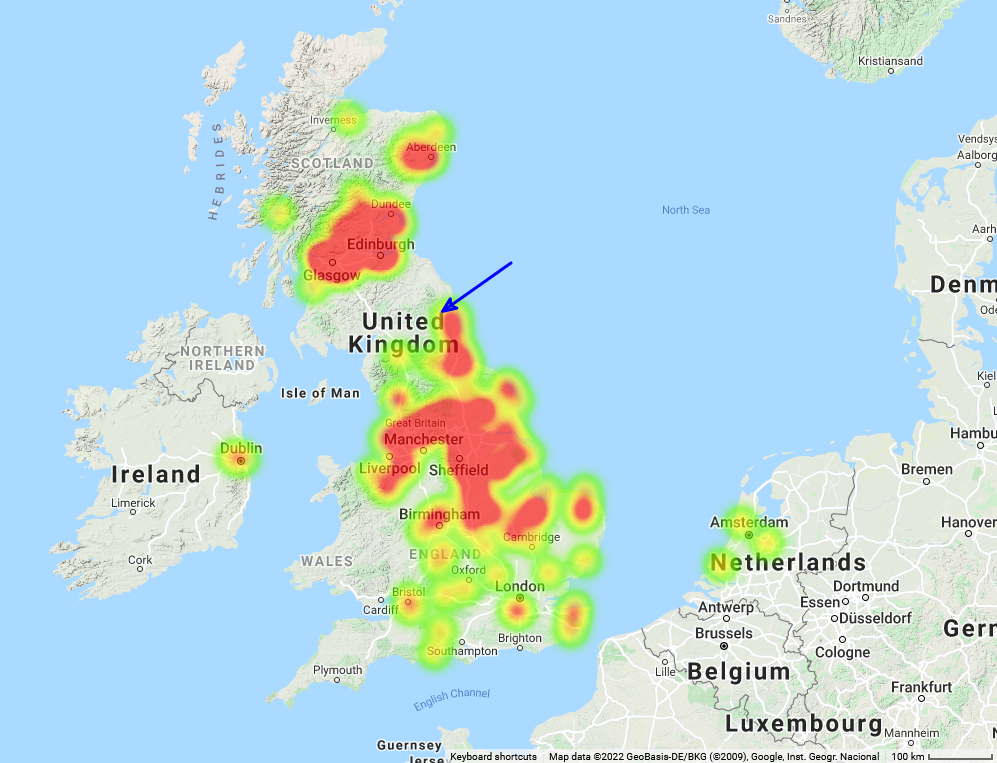
If you witnessed this event and/or if you have a video or a photo of this event, please
Submit a Fireball Report
If you want to learn more about Fireballs: read the Fireball FAQ.
Photos and Videos
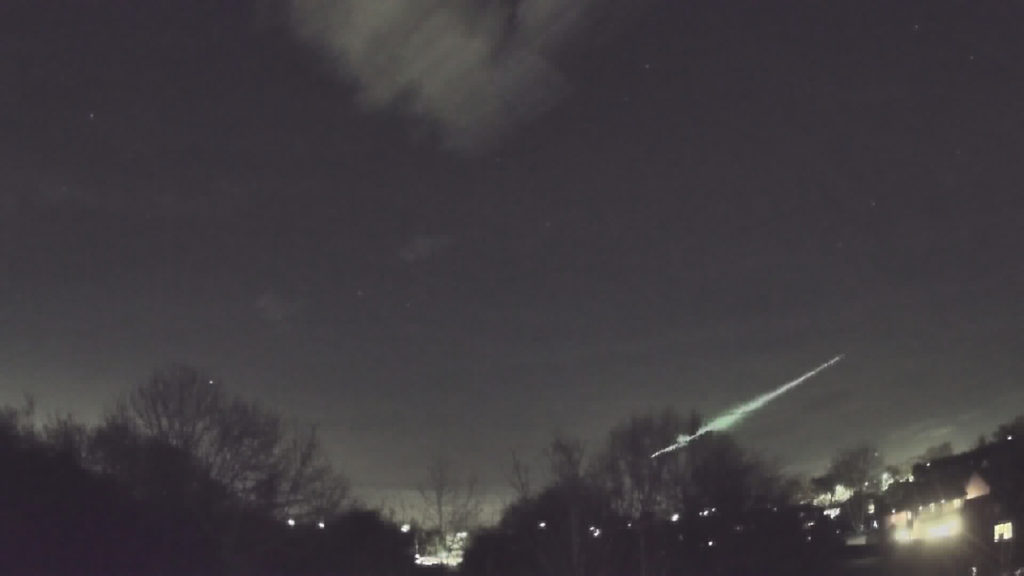
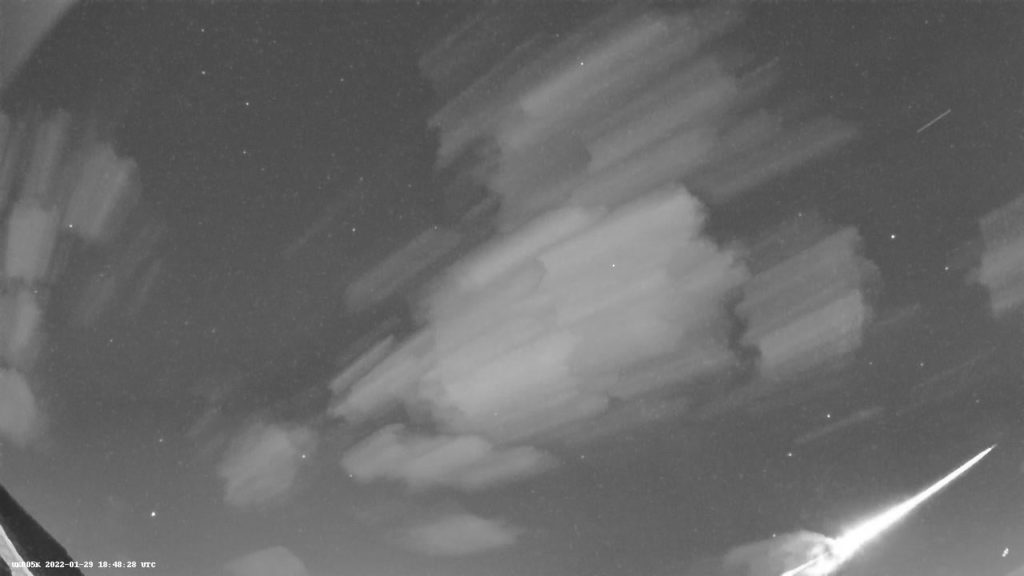
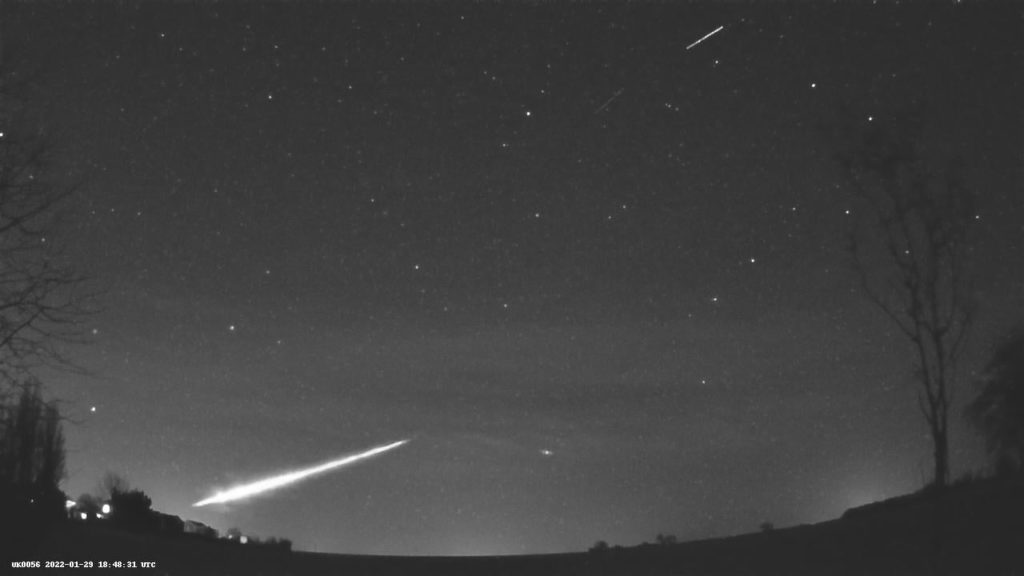
Fireball, Bolide?
Several thousand meteors of fireball magnitude occur in the Earth’s atmosphere each day. The vast majority of these, however, occur over the oceans and uninhabited regions, and a good many are masked by daylight. Those that occur at night also stand little chance of being detected due to the relatively low numbers of persons out to notice them.
Additionally, the brighter the fireball, the more rare is the event. As a general thumb rule, there are only about 1/3 as many fireballs present for each successively brighter magnitude class, following an exponential decrease. Experienced observers can expect to see only about 1 fireball of magnitude -6 or better for every 200 hours of meteor observing, while a fireball of magnitude -4 can be expected about once every 20 hours or so.
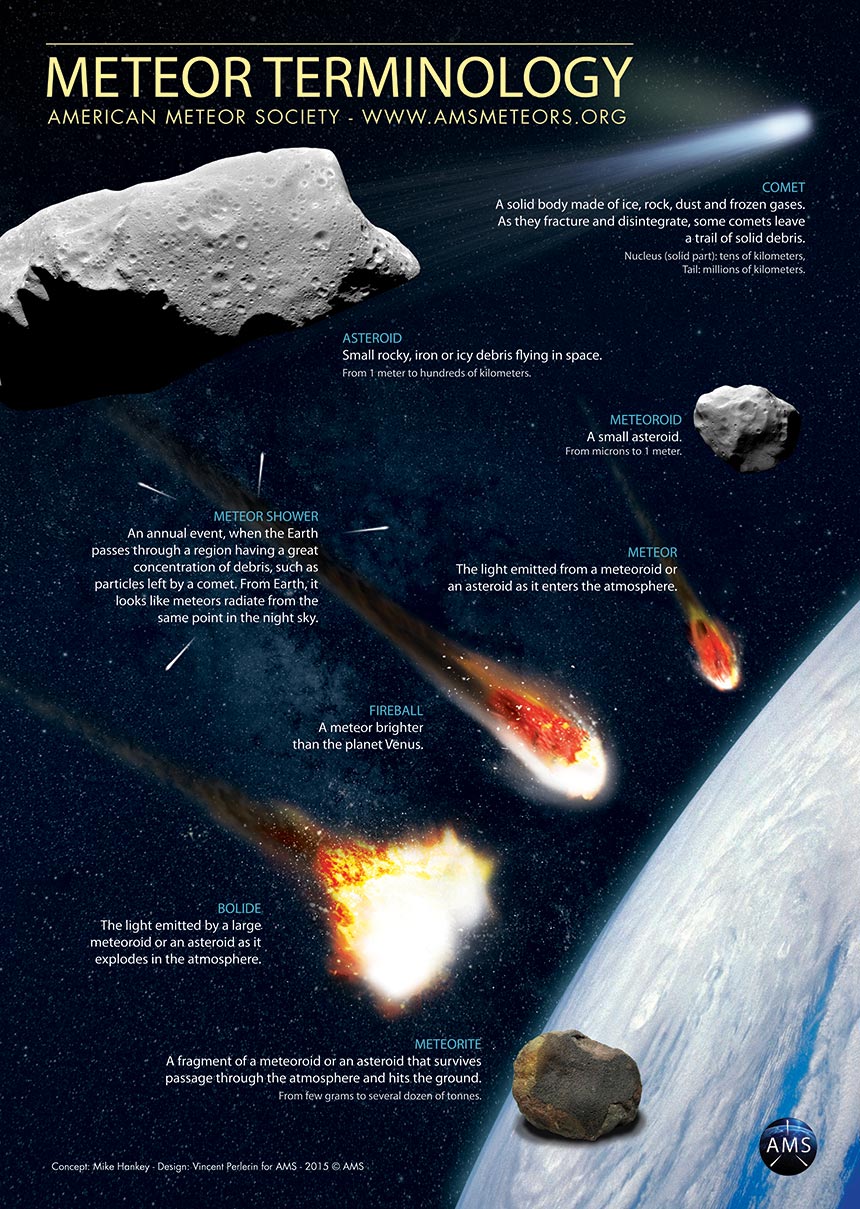



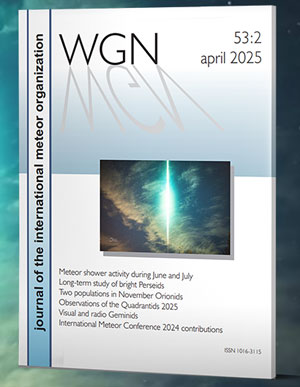
 You saw something bright and fast? Like a huge shooting star? Report it: it may be a fireball.
You saw something bright and fast? Like a huge shooting star? Report it: it may be a fireball.  You counted meteors last night? Share your results with us!
You counted meteors last night? Share your results with us!  You took a photo of a meteor or fireball? You have a screenshot of your cam? Share it with us!
You took a photo of a meteor or fireball? You have a screenshot of your cam? Share it with us!  You caught a meteor or fireball on video? Share your video with us!
You caught a meteor or fireball on video? Share your video with us!
One comment
My wife and myself saw this driving North on the M11 in the UK towards Stansted Airport. Green streak across the sky that just disappeared. Amazing!